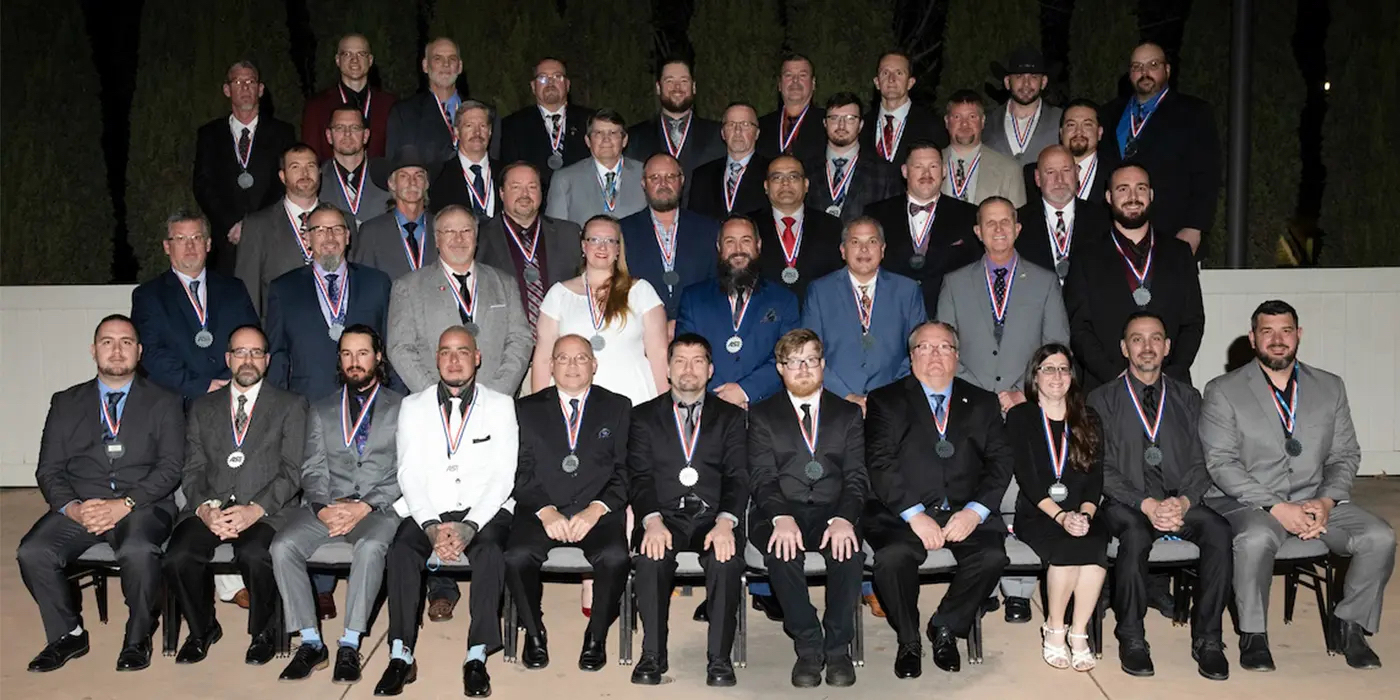The U.S. Justice Department tells us that lawsuits alleging discrimination in the workplace more than tripled in the 1990s. These stories can be found online, in the newspaper and on the evening news almost daily, and most commonly involve race, gender, disability, religion or age.
The uncertainty of today’s business climate, the downturn in the economy, and most importantly, layoffs, increases the likelihood of legal action.
Even if you or one of your employees did not make a conscious decision to discriminate against anyone in a situation involving a hiring, firing or layoff, your business can still find itself in legal trouble. Of critical importance is the need for you to consult with your legal counsel prior to implementing any policies, procedures or statements regarding discrimination in your workplace.
What Can Your Business Do?
The first step to help protect your business from discrimination lawsuits is to examine your company culture. Owners and managers set the example that most employees will follow.
Is it considered permissible for employees to tell insensitive jokes around the water cooler? Does management allow employees to post cartoons that show some religious groups in an unfavorable light? If so, where do you draw the line? Are employees allowed to make fun of just that one ethnic group or any others?
Top management must set a good example by establishing a company-wide policy of “zero tolerance” regarding discriminatory behavior of any kind. This means everything from jokes and email to hiring and firing policies.
Management must be aware that employees watch them for cues as to what is allowed in the workplace and what is not. Never forget that actions speak much louder than words. Owners, managers and supervisors must “talk the talk” and “walk the walk.” How easy would it be right now to prove that you condone harassment or a hostile work environment? If the answer is not “impossible,” there are steps you can take to protect your business.
Put it in Writing
“Diversity,” “sensitivity training,” and “politically correct” are popular buzzwords for good reason. These are the tools and rules being used by corporations to promote harmony in the workplace, improve culture and prevent legal action resulting from harassment and discrimination.
It is the employer’s responsibility to write and issue a policy stating that discrimination and harassment in the workplace will not be tolerated. Managers must then be trained on how to implement and enforce this policy. They must learn the necessity for having a diverse workforce and how to be sensitive about an employee’s age, race, disability, gender and religious affiliations.
Educating management and employees about equitable and fair treatment for everyone is critical. Managers should also be knowledgeable of state and federal statutes prohibiting employment discrimination including:
• Title VII of the Civil Rights Act of 1964 that prohibits employment discrimination on the basis of race, color, religion, gender, or national origin
• The Age Discrimination in Employment Act of 1967, as amended (ADEA), which prohibits employment discrimination against individuals 40 years of age and older
• The Equal Pay Act of 1963 (EPA), which prohibits discrimination on the basis of gender in compensation for substantially similar work under similar conditions
• Title I of the Americans with Disabilities Act of 1990 (ADA), which prohibits employment discrimination on the basis of disability in both the public and private sectors, excluding the federal government.
Start With a Formal Policy
A written policy prohibiting employment discrimination and harassment is a necessity. It forms the foundation for company culture and is the basis for management and employee training.
While the list below is not all-inclusive, some of the more common elements in an anti-discrimination policy are:
1. Definitions of discrimination and harassment (available at the EEOC website located at www.eeoc.gov).
2. Declaration of a “zero tolerance” policy.
3. A list of persons within the company to whom employees must report discrimination.
4. Steps the company will take upon receipt of an employee complaint (investigations, etc.).
5. How the employee will be advised of the general outcome of the complaint.
Biggest Mistakes Made by Employers
• Mishandling of claims or concerns expressed by employees
• Failure to take action when the complaint is made
• Reluctance to address issue
• Failure to conduct a thorough investigation
• Failure to take appropriate action against the perpetrator
• Failure to document the investigation and actions taken and keep the records
• Improperly dealing with the complaint
• Failure to use extreme caution when taking any action that concerns the complainant, particularly during or immediately after the investigation
• Failure to keep employees informed
• Failure to know employee and supervisor rights and responsibilities
• Failure to have and then review antidiscrimination policies on a regular basis
Other Best Practices
There are many areas of your business that require attention to detail and sound policies, including:
• Develop an employee handbook – it is an excellent place to include a discrimination policy.
• Hiring, counseling (poor performance), performance evaluations and termination policies must be documented and well understood by employees and management.
• Remember that sexual harassment is a form of sex discrimination.
• Contact legal counsel for assistance in implementing an Employment
Arbitration Program.
• Train, educate and inform.
Discrimination and harassment claims are on the rise nationwide. Make sure your business is proactive and takes decisive action to prevent legal consequences that can damage your company’s financial health and reputation.
And make sure to consult with your own legal counsel regarding any actions you take regarding discrimination in your workplace.
Courtesy of TIRE REVIEW magazine.













